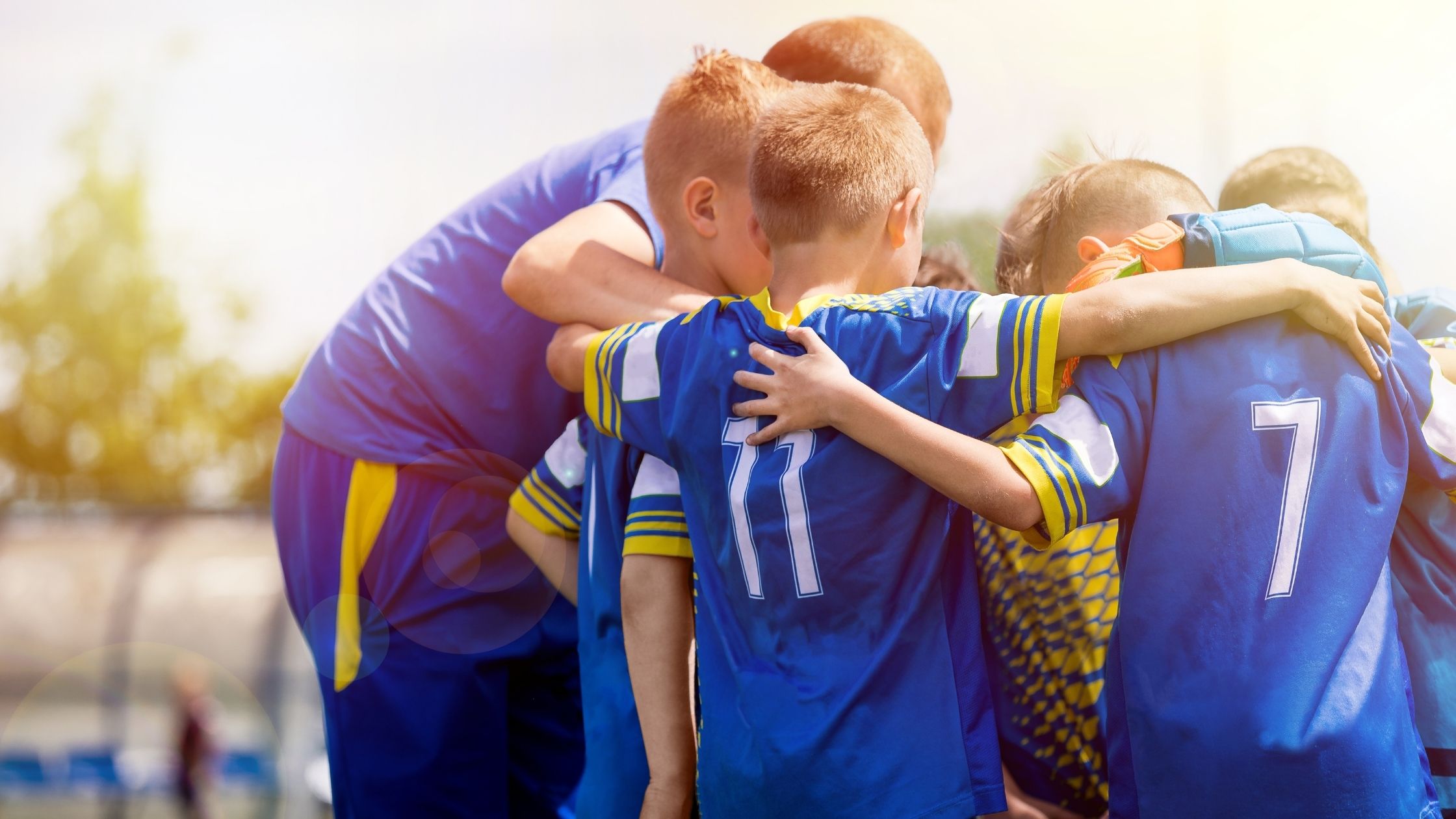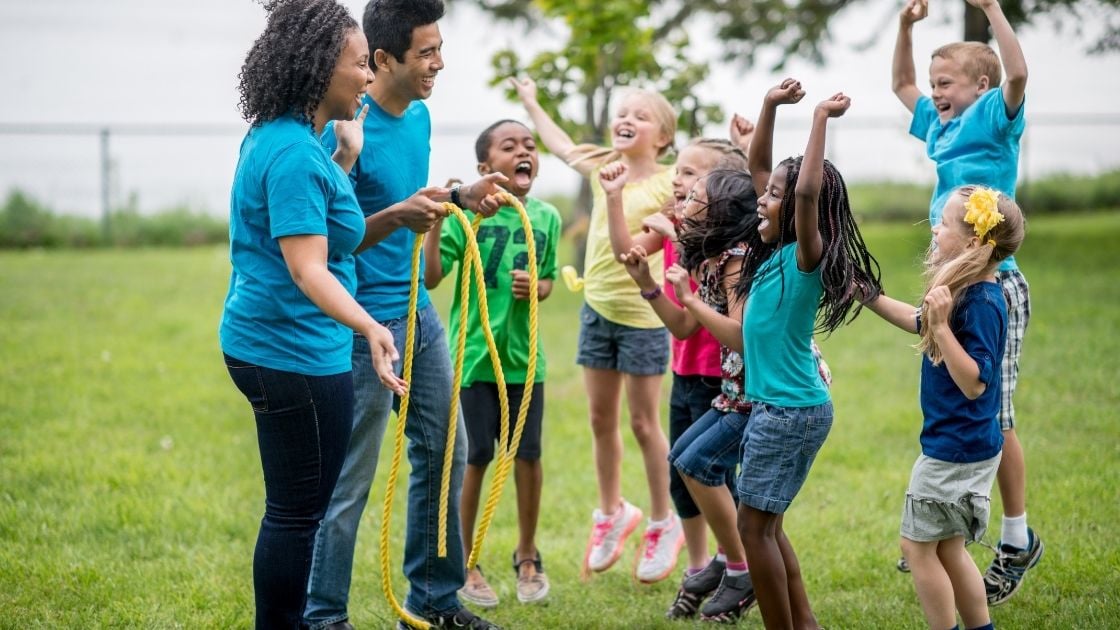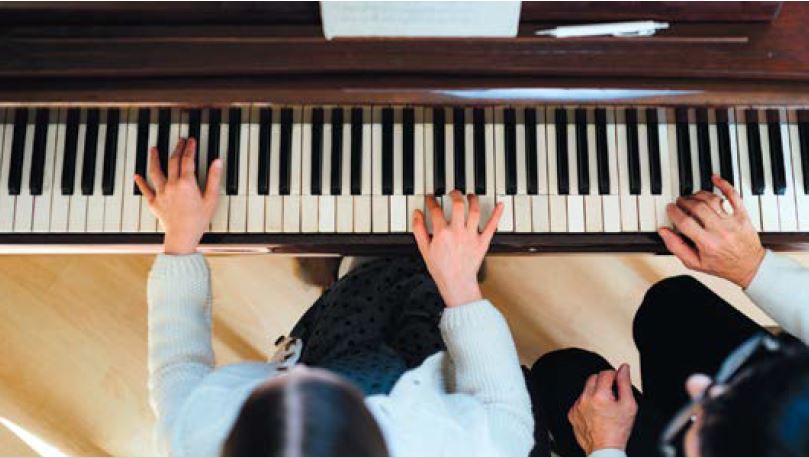I learned the hard way, when my kids were little, how quickly fun in the water can turn to danger.
My father-in-law and I were seated at the poolside entertaining Elias, then a toddler, while my two older kids took a quick swim before lunch.
As 7-year-old Louisa and 5-year-old Sebastian laughed and splashed in the shallow end, joyously demonstrating the skills they’d acquired in swimming lessons, they slowly drifted closer to the edge of the deeper water.
Then, as I watched from across the pool, Seb began to tire. He grabbed onto Louisa’s shoulders for support, dragging her down. Her smile turned to an expression of fear as she struggled to keep her head above water. An older man who was swimming laps nearby glanced at them, but kept on going. I realized I had to act, so I kicked off my shoes and jumped in, fully clothed, to pull them to safety.
Although it happened 10 years ago, and all three of my kids are strong swimmers now, the scene still plays clearly in my mind whenever the topic of water safety comes up. It’s a good reminder for me to never underestimate the inherent risks of water activities.
According to the Centers for Disease Control and Prevention, drowning ranks fifth among the leading causes of death by unintentional injury in the U.S. The highest risk for drowning for both males and females is between the ages of 1 and 4. It decreases for both sexes from ages 5 to 14, but then it increases substantially at age 15 and remains elevated throughout adulthood.
Learning through lessons
One of the most important protective factors for anyone who’s going to be in or around water is to learn how to swim, says Mary Barber-Schmitz, an aquatics specialist with the American Red Cross Northern Minnesota region.
“It sounds obvious, but there are a lot of people who haven’t had the chance to take swimming lessons, or who took them a while ago and their skills aren’t as strong as they could be,” she says. “Everyone should consider taking formal instruction to improve their swimming ability and to learn safety skills.”
Barber-Schmitz says many aquatics centers offer beginner classes specifically for tweens and teens, so they don’t have to feel uncomfortable learning alongside much younger swimmers.
Lifeguards, buddies, rescuers
Another important protective factor is to swim at a location that has a lifeguard on duty — whether it’s a pool, beach or water park. Certified lifeguards are trained to scan the water for people who are weaker swimmers or who appear to be getting tired, and, if an emergency occurs, they can provide lifesaving CPR.
Swimming with a buddy adds a third layer of protection. A friend might notice if you’re not feeling well or are having trouble in the water, and can call for help.
“We use the phrase, ‘Swim as a pair near a lifeguard’s chair,’” Barber-Schmitz says.
When someone’s in trouble in the water, jumping in and attempting to assist can be dangerous for people not trained in lifesaving. Barber-Schmitz says the Red Cross instead encourages rescuers to
Reach or Throw, Don’t Go.
Reach out with something that the person can grab onto, like a stick, a pole or a towel; or throw a floatation device with a rope into the water that the person can grab onto while you pull him or her to safety.
Coast Guard-approved life jackets are recommended for anyone in the water who isn’t a strong swimmer, and for everyone in a boat, regardless of their swimming skills.
Males most at risk
CDC statistics also show that 80 percent of the people who die from drowning are male. Knowing that, I’m proud and relieved to report that my son Sebastian, who could’ve drowned that day in the pool 10 years ago, earned his lifesaving badge at Boy Scout camp last summer.
He may never need to use it, but it’s comforting to know that he recognizes the line between fun and danger and is prepared to help others stay on the side of safety.

























